Baskin Travel Mode
November 2, 2016
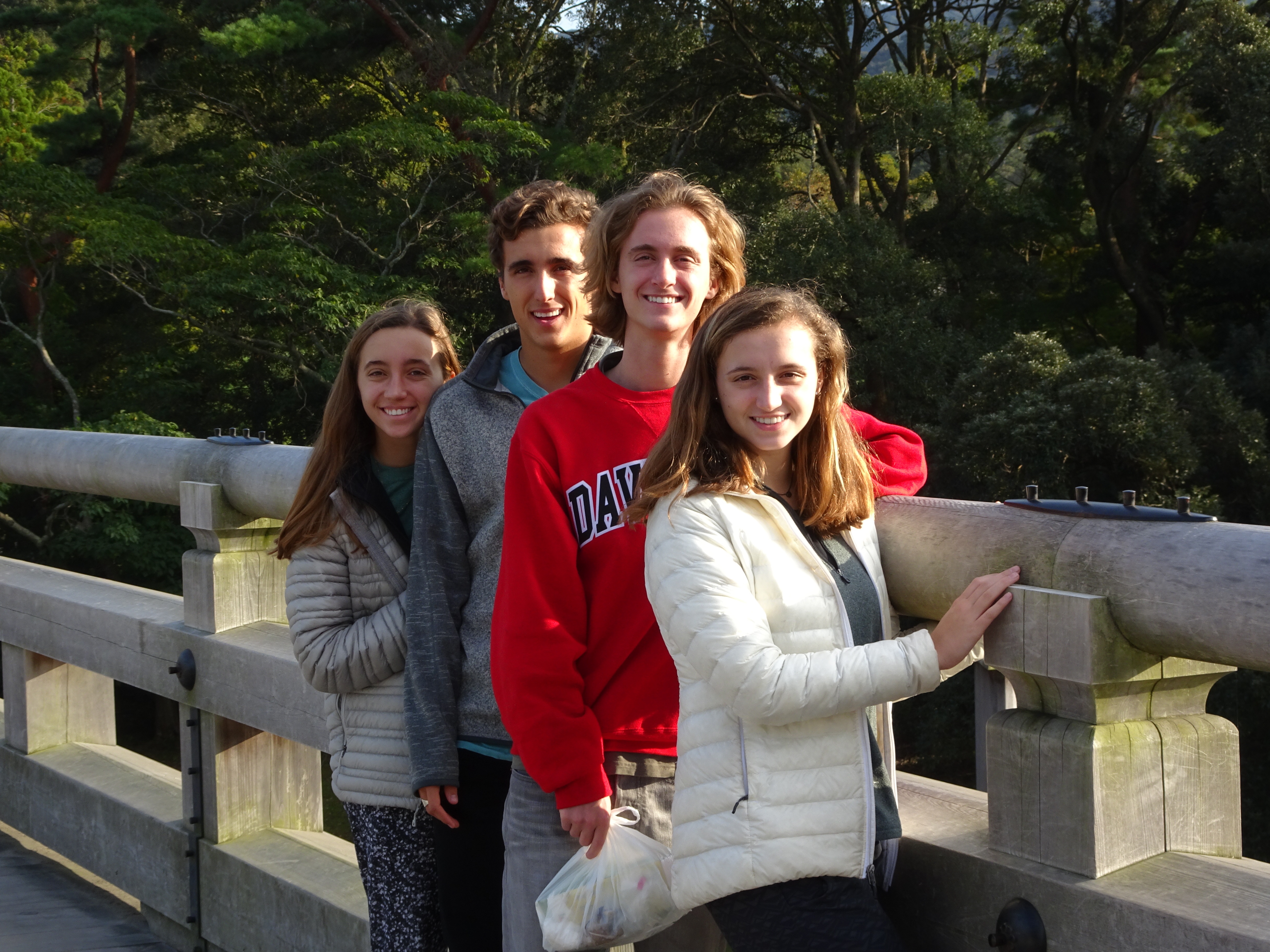 This blog might be a tad longer, but I hope you will find it amusing as it helps celebrate our foolishness.
This blog might be a tad longer, but I hope you will find it amusing as it helps celebrate our foolishness.
While we have been traveling for quite a while since camp, we really clicked into Baskin Travel Mode yesterday.
Baskin Travel Mode has a deeply quirky feel to it. We end up in places that are long on character and short on comfort. We like to improvise our schedule, but this often leaves us hopelessly clueless as we attempt to interpret menus or train schedules when we got off the English-speaking track. 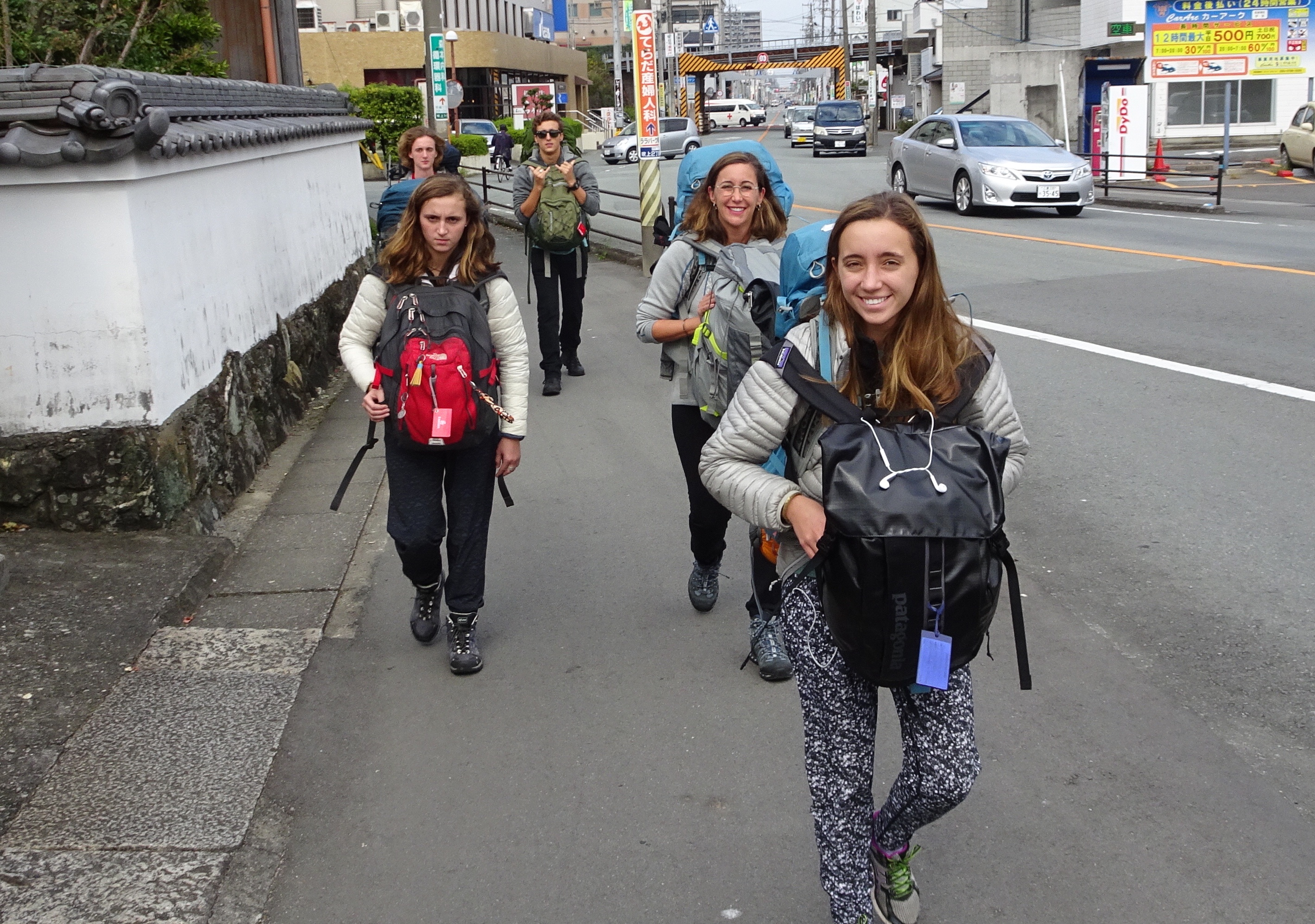
As I mentioned before, our time in Africa was spectacular, but we always had either a guide (Tanzania and Rwanda) or English (South Africa) to make life easier. Oddly enough, we seem to do better when easy is not part of the picture.
My week in China always had an interpreter and Altus made our week in Tokyo blessedly easy.
Altus left on Sunday and Monday became our first day with confusing travel challenges, true language barriers and unexpected friends.
Let me share that one of the most inspiring aspects of our previous travels was the fact that we consistently met people willing to help us. I concluded the trip with a firm belief in the kindness of most humans. Frankly, that was one of the single greatest gifts of our trip. People living in deep poverty helped us as did people who were incredibly wealthy. A Parisian extracted Wiley’s backpack as it got stuck in the doors of the Metro (at no small risk to himself). A Roman gentleman loaned us his downtown parking place (it is hard to express the value of that gesture). An older woman in rural China saw Wiley faint as we hiked the Li River area and arranged shade and water (even bottled water) for him. I could list a multitude of examples, but let me assure you the list is long and wonderfully encouraging.
I, however, wondered if some of that kindness stemmed from the fact that our children were younger (yes) cuter. Five years ago, we looked like 2 parents and 4 kids rather than 5 adults and a teen. Would we evoke less compassion when we just look like a pack of American tourists?
Happily, the answer is no. Do not get me wrong, I am not saying that everyone is nice all the time. But we still have people who appear to help us when we are in need.
Yesterday, it was a couple in a noodle shop who could speak enough English to help us order. We then befriended the woman who runs the shop and got a tour of her operations. This was not the most informative of tours as we shared less than 20 words in either of our languages, but the tour was still fun – full of pantomimes and laughs. We arrived at her place confused by the Japanese menu and left with a new friend.

Today, a volunteer fire fighter and police office from Estonia has been helping us. [Note: I am wondering about how well a “volunteer police officer” works. Giving volunteers badges, batons and guns strikes me as questionable policy, but perhaps it works well in Estonia.] His English is quite good, so Susie is grilling him on the places he was been that we will be visiting in the next several days.
At the hostel we stayed at, we met people from Finland, Korea and even Oregon. Each was willing to share advice on the next restaurant or shrine.
I think some of the kindness stems from the way we travel. We often walk as a pack of over-laden backs and confused faces. I think we emit an air of vulnerability that brings out the best in people. In a way, our cluelessness is our best travel asset.
With that tangent complete, I will share a little about the first day in Baskin Travel Mode.
If you have children, you know that they are never happy about waking early. If you have young children and wonder, “when will they become more flexible on departure times?” I would have to say, “I have no idea, but they become more articulate in voicing their displeasure.”
We began the day rising at 5:00 AM in an effort to get to the train station before the famously crazy Japanese rush hour. We needed to take the subway to the station and feared that 6 people wearing large backpacks would be a recipe for disaster during the time that the subway workers are employed to literally push people into the cars to maximize the number of travellers. [Note: if you have never seen video of this practice, here is an example.]

We get up and out. Our two subway trains were essentially empty, a fact that our exhausted children were quick to point out as they questioned our early departure. We arrived at Tokyo Station by 6:25, ready to redeem our train passes for the next week. Only then do we learn that the office that does that particular function does not open until 7:30. Despondent, we sat on the floor outside the office feeling guilty for having roused the troops unnecessarily early.
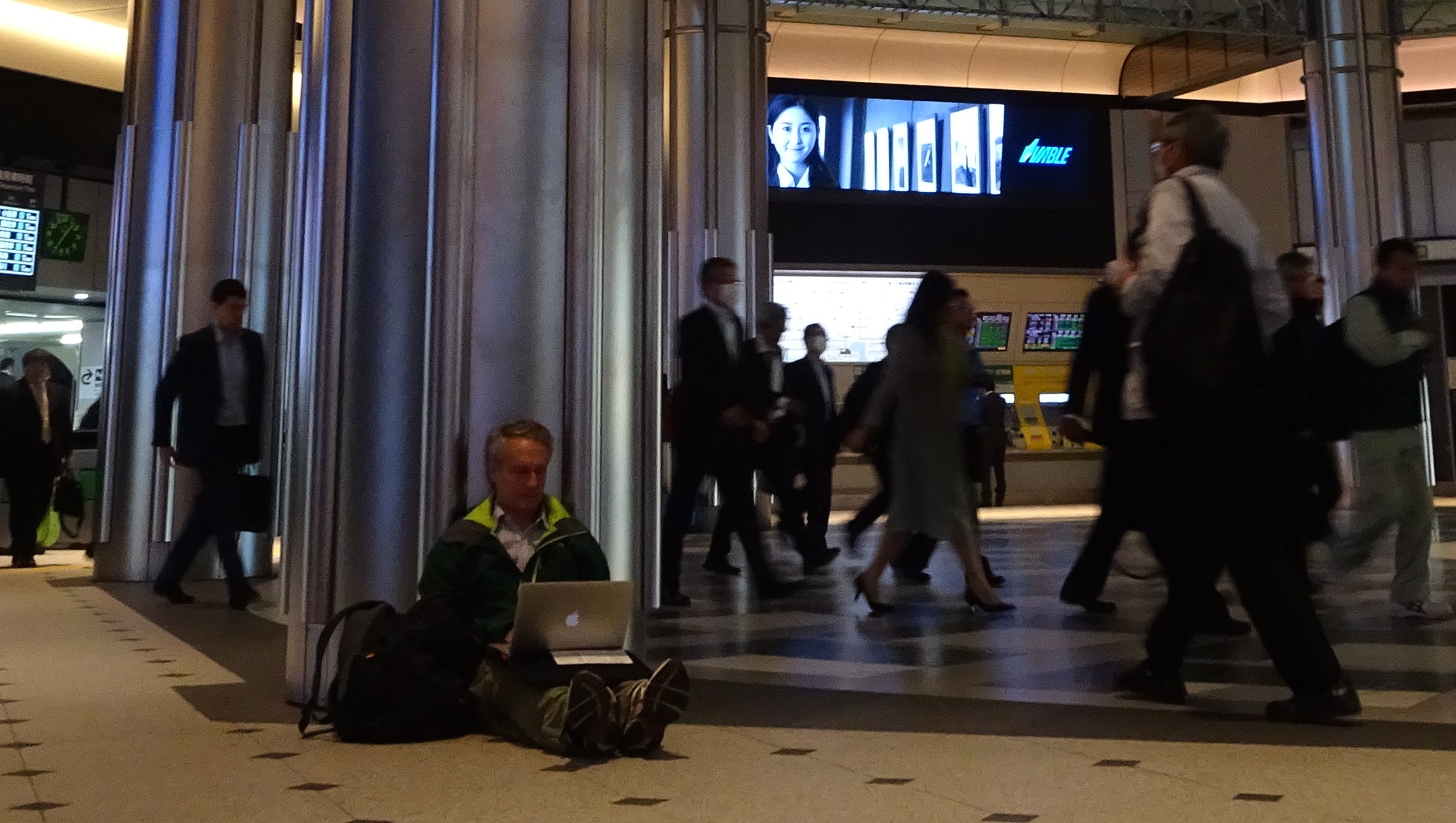
Once again, kindness arrived. At 7AM, a nice employee of Japan Railways saw us and escorted us to the place where the line would form for the 7:30 opening. Once we moved to the right place, a fairly substantial line began to gather. Our friend had clearly saved us an hour of waiting once the doors opened.
We got our pass and took two trains to reach Ise, the site of the most sacred of Shinto shrines. [Note: if you think we are hitting too many shrines, please know that you are joined in this opinion by our children. But this city is the center of Shintoism, so we wanted to check it out. Ultimately, everyone is glad that we did.]
When we reached Ise, we learned that the address we downloaded into our map program from Booking.com was wrong. So a 200 meter walk became a 45 minute adventure of asking strangers for directions with no basis of communication. Ise is a tourist destination, but only for other for Japanese tourist. They do not have many westerners come here, so gone are bilingual menus and natives.
When we finally arrived at the Kazami Guest House, we walked into a place that was simultaneously strange and familiar. Susie said it reminded her of the co-ops she visited at the University of Vermont or Cal-Berkeley. The decoration is heavy on Grateful Dead signs, Native American images (including dream catchers), and inspirational quotes. I could imagine an identical structure existing in the hipster areas of Portland, except we would have been able to leave our shoes on.


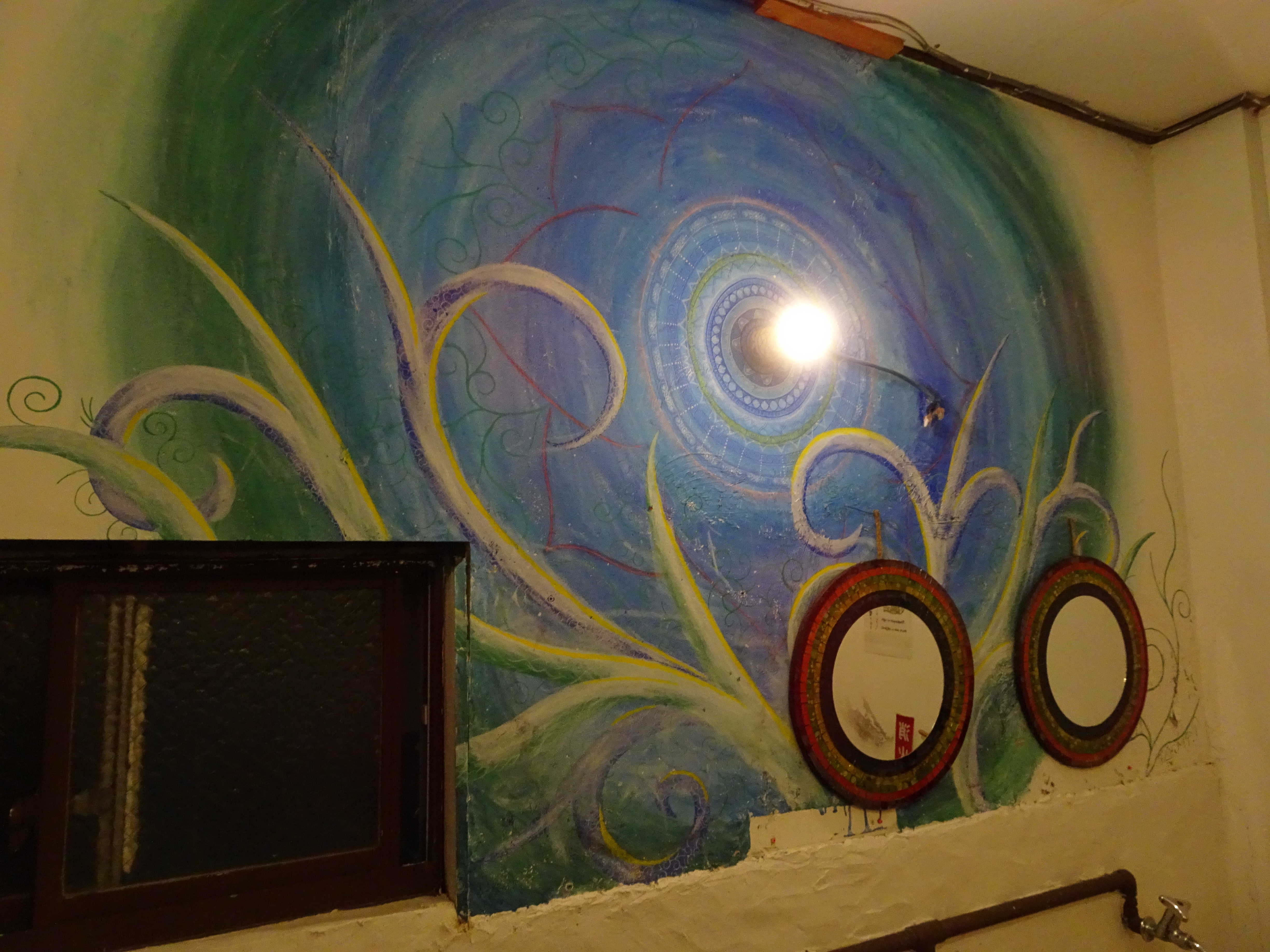
We then went to the aforementioned noodle shop and then to the two shrines.
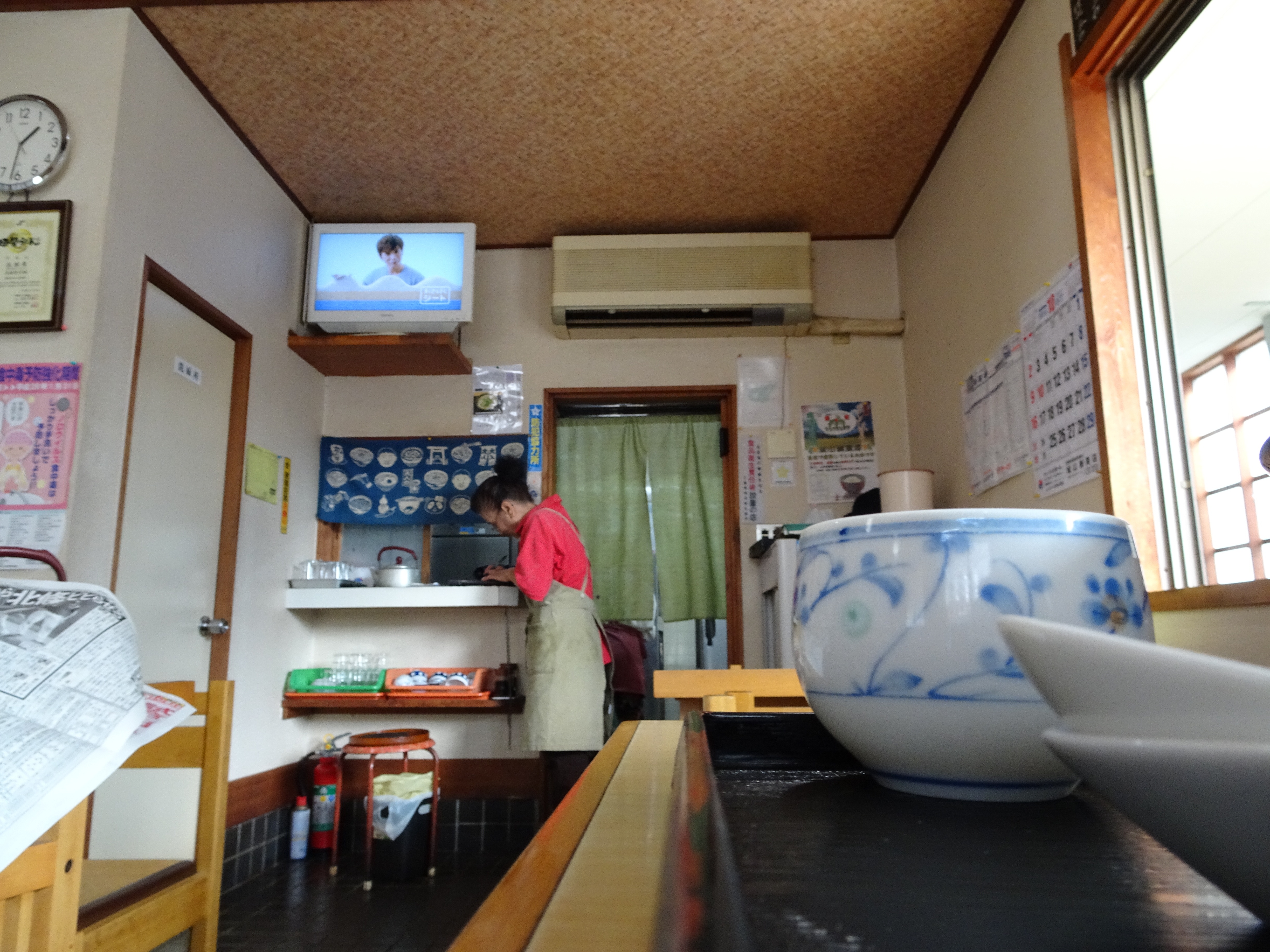
While we had enjoyed the previous shrines, these two were special. It took me a while to realize why I liked them so much. The setting was certainly beautiful and the architecture attractive, but something tugged at me.
It suddenly came to me. These sites reminded me of the camp that I attended as a child and so many camps that I have visited. It was on a river and featured thick forests with magnificent Cyprus trees that created a sense of timelessness.
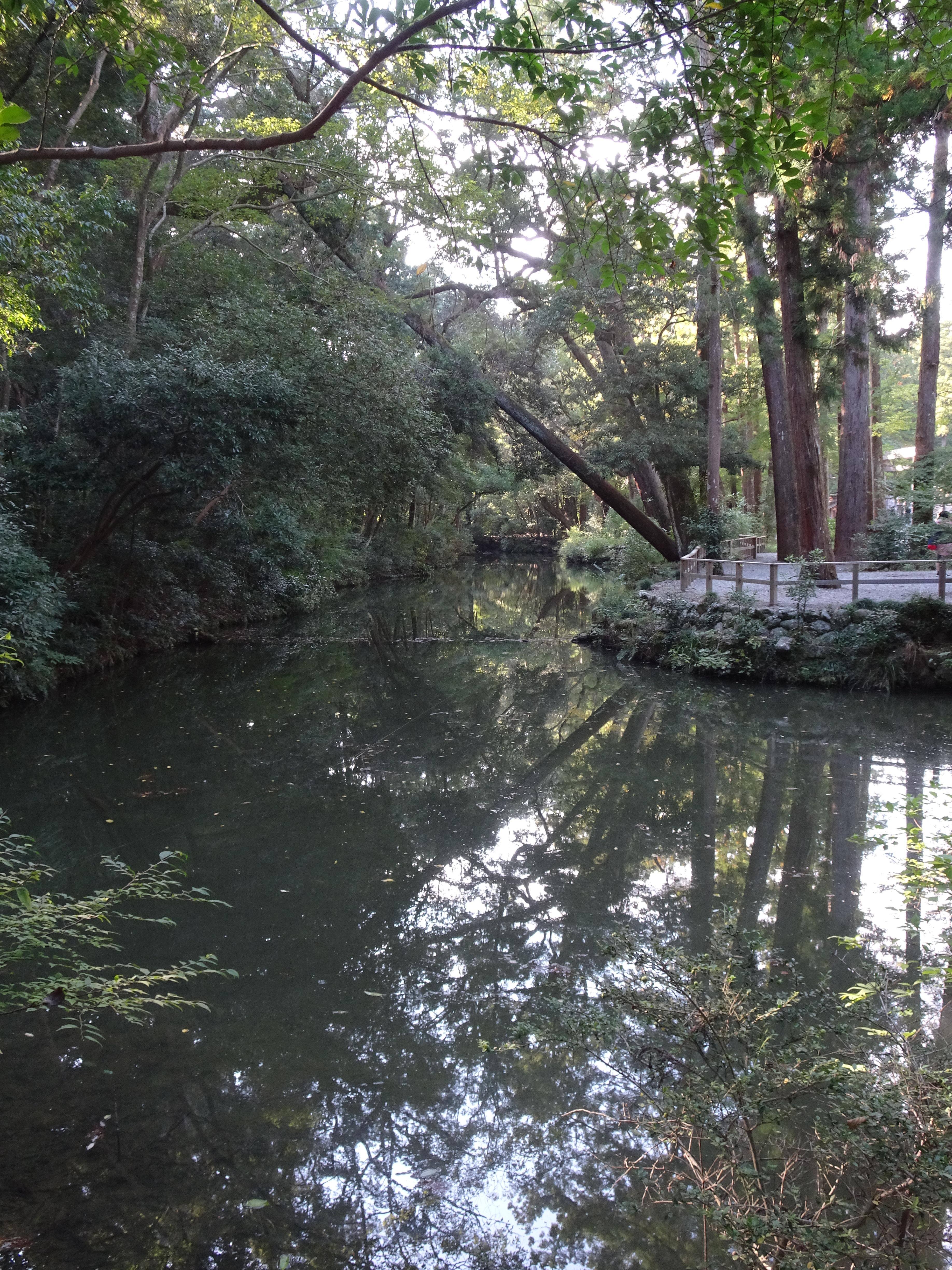
When I visit camps, I imagine I can still feel the love and joy even without the campers and counselors present, as if some of that positivity has soaked into the bark of the trees and buildings. OK, I know I sound like something written on the walls of the Kazami Guest House, but that feeling is one of the reasons I love to tour camps. [Note: I also love seeing new ways to improve Camp Champions. The Arts Center that we are building this year and the Pirate Ship are both examples of structures inspired by visiting other camps.]
As I walked among these towering Cyprus trees, I felt like they had absorbed some positivity from all the previous visitors and we were the beneficiaries of that. The fact that many of the structures look like camp buildings only made the illusion stronger. 
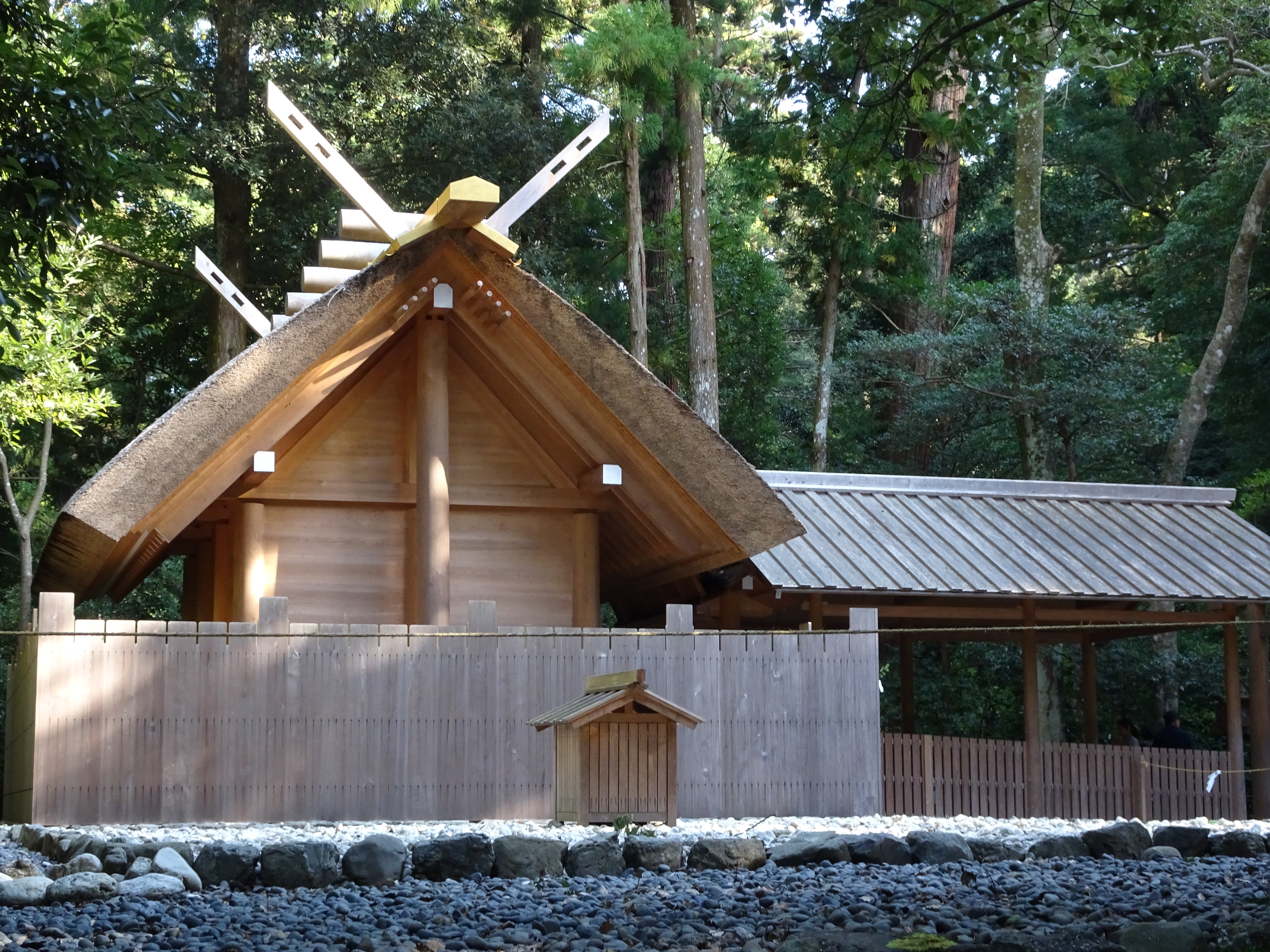
I simply love summer camps for their ability to project serenity and evoke love and community. I, however, was not expecting to fully realize this point in a remote corner of Japan.
Of course, at camp, we do not have this guy. 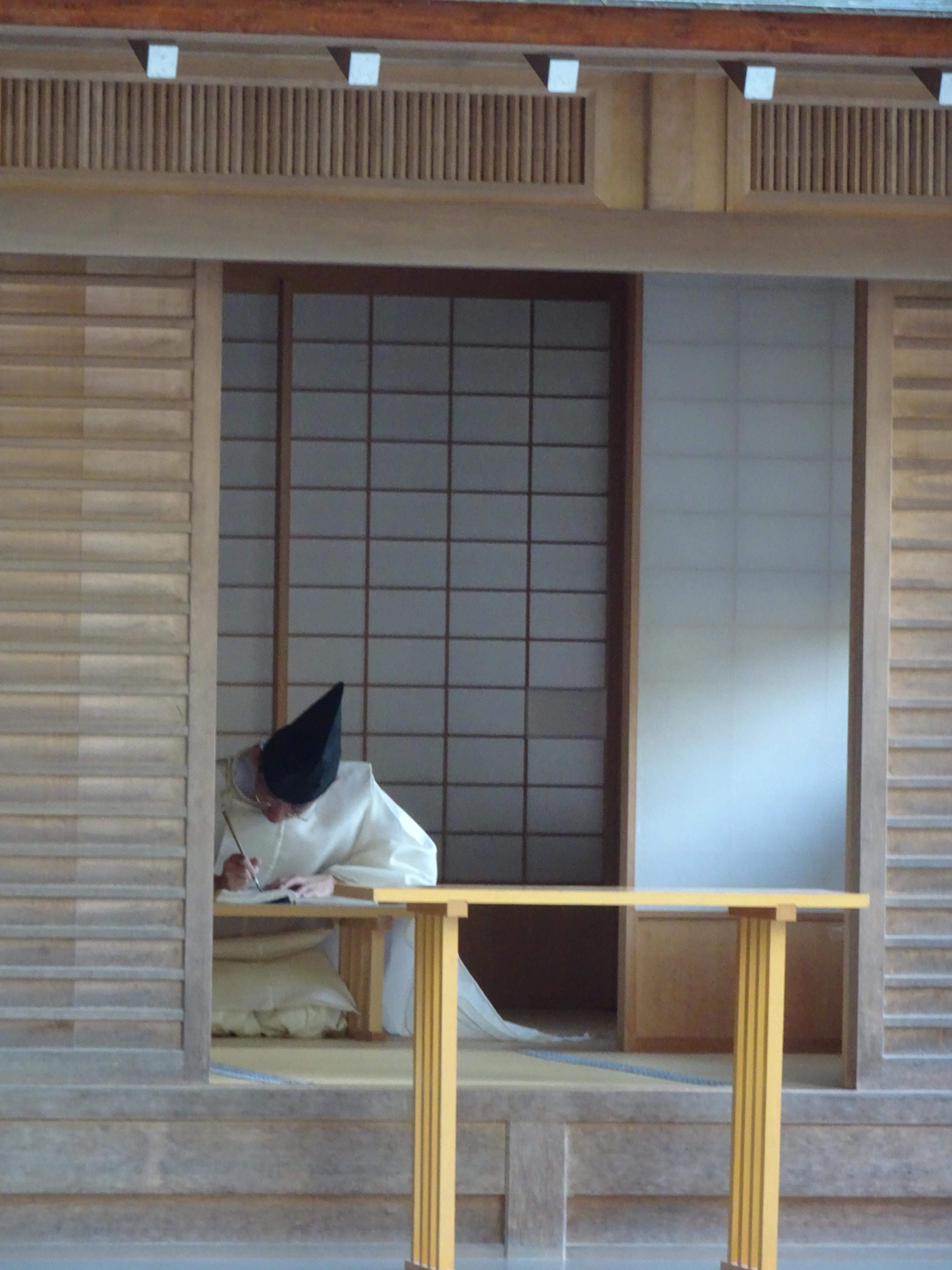
While this is a long blog, I feel a need to share one additional aspect of these shrines that is noteworthy and obvious in the photos. They rebuild all the main structures every 20 years. As you look at this picture, you will see the shrines as well as their complimentary sites. 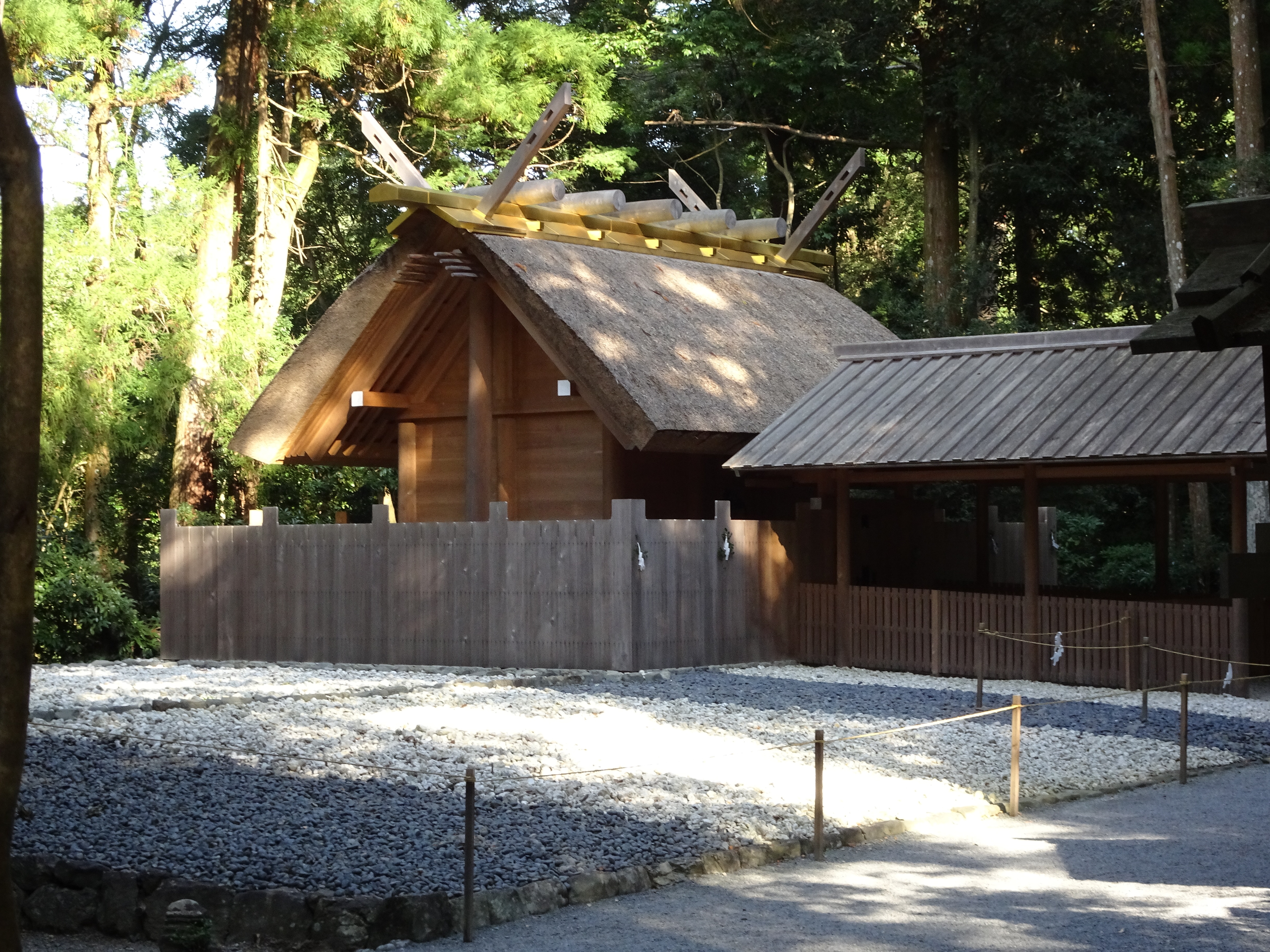
This is a smaller shrine, but it shows the mirror site in the foreground. Below is a the larger shrine in the background (surrounded by a wall) and the mirror site is the open space to the right.
 All of these were finished in 2010. In 2029, they will begin to build on the adjoining sites and then tear down these in 2030 upon completion. I have not fully determined the significance of this custom. Maybe it symbolizes the transience of time and illusion of permanence. It might have been the arbitrary decree of some leader 1200 years ago. I like to think it might be some monk-carpenter full-employment act.
All of these were finished in 2010. In 2029, they will begin to build on the adjoining sites and then tear down these in 2030 upon completion. I have not fully determined the significance of this custom. Maybe it symbolizes the transience of time and illusion of permanence. It might have been the arbitrary decree of some leader 1200 years ago. I like to think it might be some monk-carpenter full-employment act.
After the second shrine, we decided to walk the 3.5 miles back to the hostel. This decision might not have been our best. Normally, such a walk is OK, but normally, we have not been up since 5AM and would not have spent 7 hours with 40 pounds on our backs.
We ate a meal of abalone, oysters and tuna that required operating a type of vending machine that produced tickets for our order. Luckily, they had some photos of most of their offerings and we could divine the corresponding meal based on some context clues (price of the item, color of the button). This made us feel like wonderfully successful detectives.

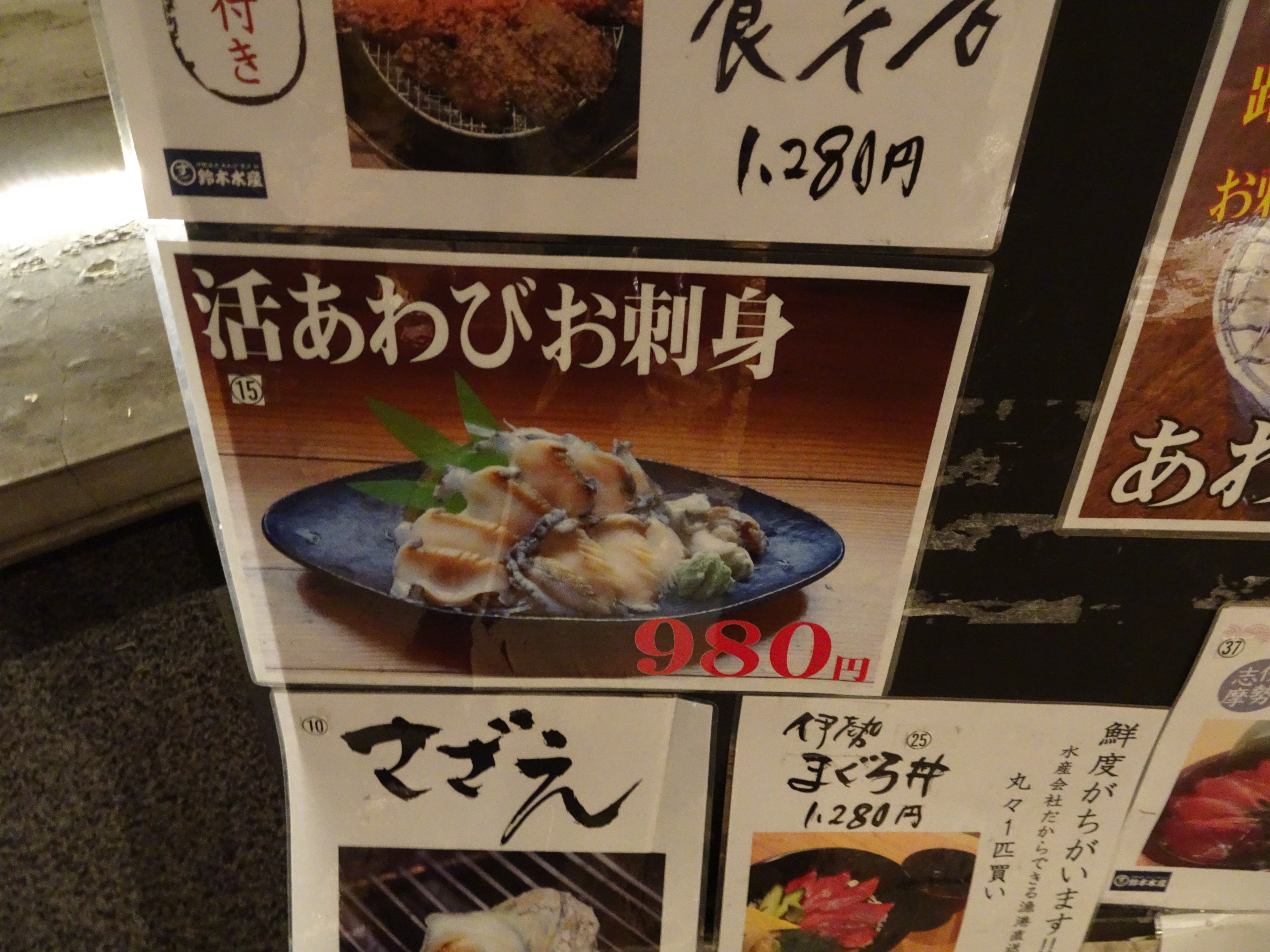
 With the photos, we were able to avoid the Wiley Strategy. Wiley finds asking strangers who clearly do not speak English well (or at all) to be embarrassing and counter-productive, especially because the Japanese are so incredibly willing to help. Engaging a non-English speaker inevitably results in many minutes of gesticulations and the helper speaking slower and louder to us. [Note: I have often noticed how Americans seem to believe that they can communicate with a non-English speaker if we just talk slowly and loudly enough. Frankly, I found it nice to know that this tendency transcends our culture.] Wiley wants to avoid this entire ritual.
With the photos, we were able to avoid the Wiley Strategy. Wiley finds asking strangers who clearly do not speak English well (or at all) to be embarrassing and counter-productive, especially because the Japanese are so incredibly willing to help. Engaging a non-English speaker inevitably results in many minutes of gesticulations and the helper speaking slower and louder to us. [Note: I have often noticed how Americans seem to believe that they can communicate with a non-English speaker if we just talk slowly and loudly enough. Frankly, I found it nice to know that this tendency transcends our culture.] Wiley wants to avoid this entire ritual.
His solution is that he will confidently point to an item on an all-Japanese menu and say “Hie” (yes). So far, he has done well. For example, he ordered udon noodles with tempura yesterday at lunch. The rest of us are awaiting for something more exotic to appear, perhaps a monkey head or a bowl of tripe. But I must admit that I admire his combination of courtesy and bravery.
When we eventually retired, we slept in “Japanese style rooms”, which means “on the floor with paper thin futons”. 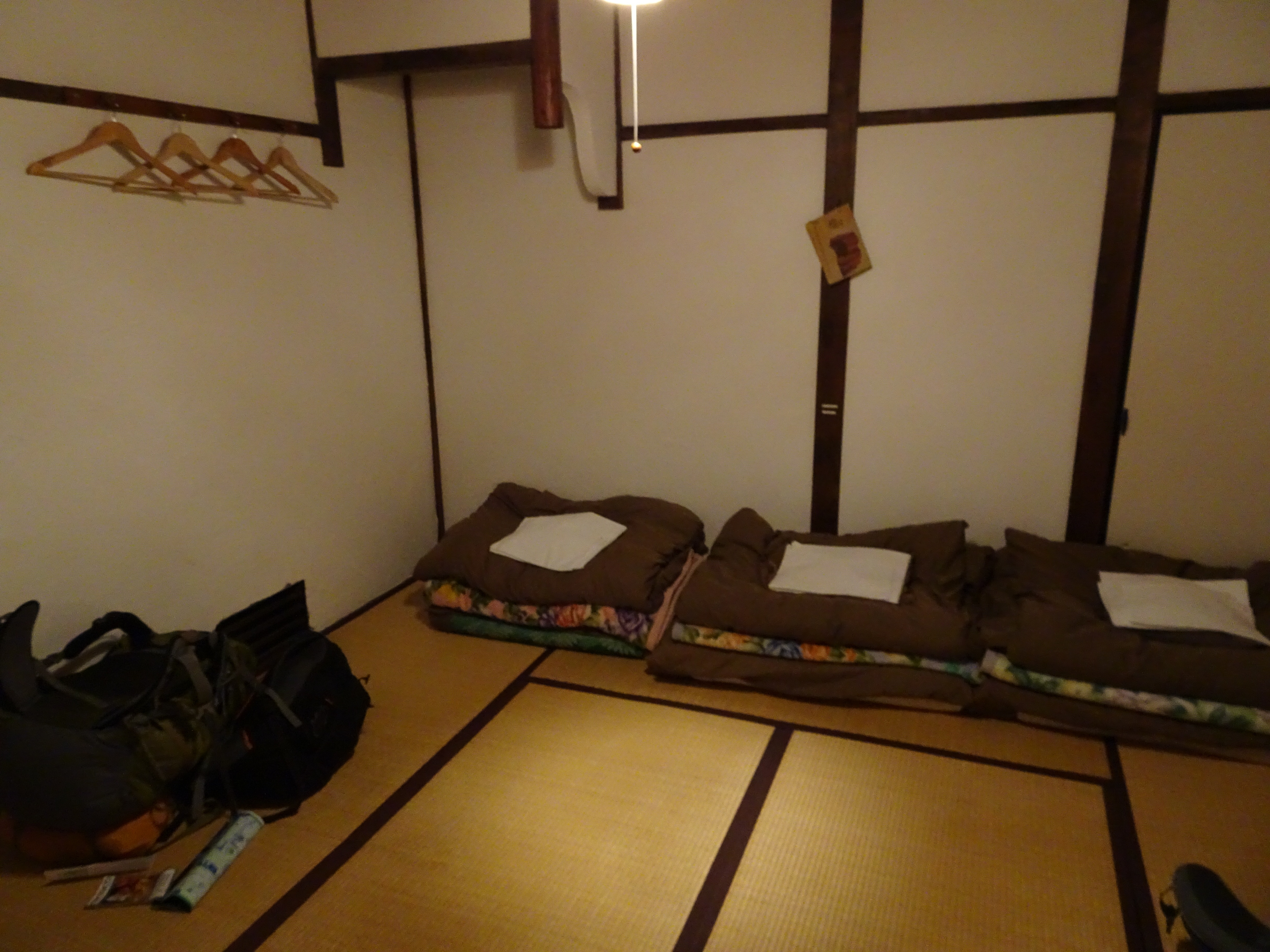 I have no doubt if we had lived our lives sleeping on floors we would have not trouble with this arrangement, but I must admit that this 51 year-old woke a bit stiffer than he would have liked. Even Susie’s 35+ year-old frame struggled to rise this morning.
I have no doubt if we had lived our lives sleeping on floors we would have not trouble with this arrangement, but I must admit that this 51 year-old woke a bit stiffer than he would have liked. Even Susie’s 35+ year-old frame struggled to rise this morning.
We are now on a train to Nara, where we will see – wait for it – a shrine! But at least this shrine has a twist: the people here believe that deer are sacred and that they contain the spirits of ancestors. As a result, we will be among the most coddled and compliant deer in the world. Our animal-lovers think that sounds awesome, so they will tolerate at least one more shrine before their revolt.
It is nice to be back in Baskin Travel Mode.
Steve Sir
